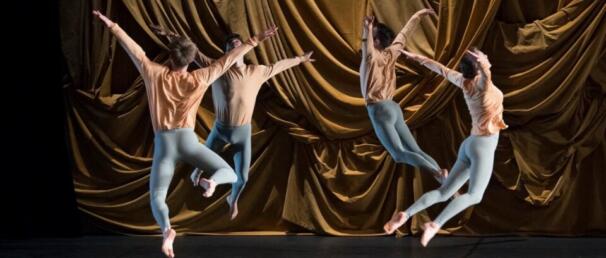
Harris in 2024 | Donate here.

The expression, to “find your sea legs” feels apt for dance right now. The term refers to the human body’s struggle to adjust to the pitching-and-rocking of a ship in motion. It’s a jolting loss of balance; it’s the absence of terra firma. Four years after the onset of a global pandemic, it doesn’t seem too much of a stretch to apply the metaphor to our art form, given its full interruption from 2020-22.To gauge the state of dance’s sea legs in Europe, I journeyed to attend Montpellier Danse, a forward-looking French festival in its 44th year. I’m happy to report a vital and vibrant art form, replenished and reinvigorated by an influx of young dancers eager to put bodies in motion — up close and personal — as they bring a choreographer’s canvas to life.
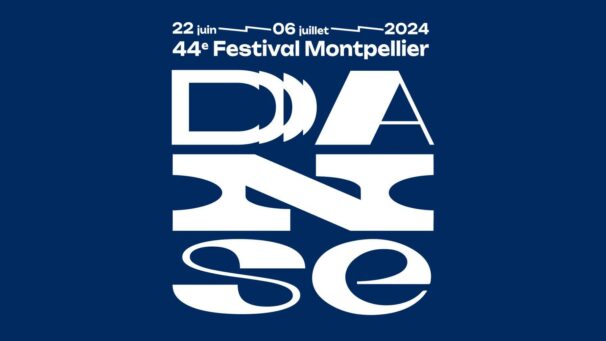

My biggest discovery of the festival (my visit was a scant four evenings!) was a minimalist work by Iranian born Armin Hokmi’s “Shiraz.” My review of that work is here.
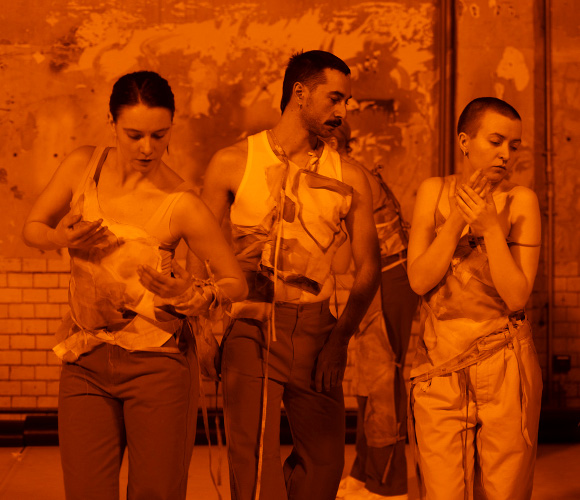
“Shiraz” was a boutique-scaled work for a smallish troupe, performed in a black box theater. In stark contrast was “Lunar Halo” by Cheng Tsung-lung for Cloud Gate Dance Theatre of Taiwan. On a very dark stage, stacked body-to-body, a huge posse of dancers advanced as a giant caterpillar. After a scant ten minutes of Cloud Gate’s acrobatics-driven pageantry, I knew the work was not my bag. Many in the French audience later shared with me their high praise for the company’s beautifully trained dancers–and, no lie, that is a huge attraction. But I do not do well with hordes of dancers moving in tandem as sardines in a can. I can’t watch it.

My preference is for the nearly-gnarly, messy, individualized look that dominated the Festival — for me, more apt, more real, more palatable, more “relatable.” Morocco-based choreographer Taoufia Izeddiou presented a triple-play of boutique, black-box-scaled works, two of which I saw and enjoyed. In “Hmadcha,” what first appeared as a ragtag group of men engage in a nearly hypnotic-style dance of pulsing torsos and unified leaps. The work began with a single dancer undulating his chest, as though heaving. This set up a rhythmic flow, a trance dance. Joined on stage, near to the end of the work, by the choreographer, a marvelously chunky-but-fluid mover, the entire operation elevated. It felt like an exercise in male bonding without an iota of machismo, but rather co-joining the feminine and masculine movement qualities of the male form. The dance, which has been around since 2021 and clearly has been tweaked and improved was much augmented by its set design, a single white bright wall, and vivid lighting highlighting the choreography. It is a sophisticated dance work.
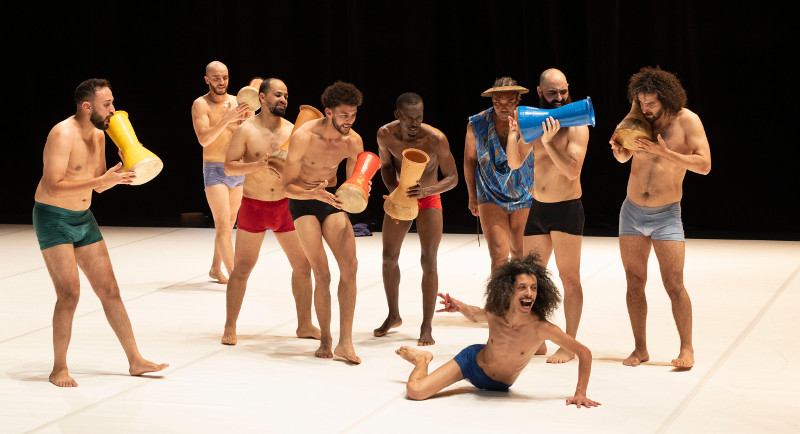
Also to my liking (a lot) was “Il Cimento Dell’Armonia e dell’Inventione” by Anne Teresa de Keersmaeker for the Belgian-based company, Rosas. Created in tandem with yet another Moroccan choreographer/dancer Radouan Mrziga, the work featured four male dancers in loose-fitting, striped sports gear. This oddly unmatched quartet made a crazy, disparate dance happening in the formal setting of Montpellier’s late-nineteenth-century Comédie Opera House. After her recent work to Bach, the choreographer has moved on to Vivaldi’s well-known Four Seasons — marvelous music for dance due to its rhythmic forward propulsion, with the obvious downside of its sing-song over-familiarity. De Keersmaeker, making short shrift of the latter by actively punctuating the dance proceedings with the music — in bits, snippets, deconstructions and long spoolings.
“Il Cimento” began in a long stretch of silence, which was maddening, but, hey. Why not break the audience’s will right at the outset? Lead dancer Boštjan Antončič held the stage, motionless, as a backdrop of white fluorescent tubing flashed behind him. A secret show person, De Keersmaeker gave lengthy outings to the individual talents of her four dancers. One turned like a top, another excelled at break dancing, another tapped. And in and out popped Vivaldi. The choreography resolutely (if not perversely) staved off any single movement genre, in essence, we were watching post-post-post modern dance. The four men, each not the other’s equal in stature, movement quality, or training, nonetheless were bound by a secret sauce of tonality, or performance quality. This fascinating jumble curiously cohered.

“Il Cimento” lay claim as an environmental prospectus on our natural world — as well as a study in geometry, as the four gentlemen moved in clear, repeating patterns and shapes. An artist’s statement, surely the voice of the choreographer, broadcast in English at the end of the performance felt superfluous. It seemed to pertain to her environmental statement.

Last but very much not least was a viewing of a major work of dance theater at the Opera Berlioz at The Corum — Angelin Preljocag’s “Requiem(s).” With 60 choreographies under his belt, Preljocaj is a major league dance player beloved by French audiences. This work, a requiem, inspired by the recent death of his parents, paraded much darkness and religious iconography on the stage. The audience lapped it up. Whistles and standing ovation. I, however, passed the performance in dance torture. More on the Preljocaj “Requiem(s)” to come.
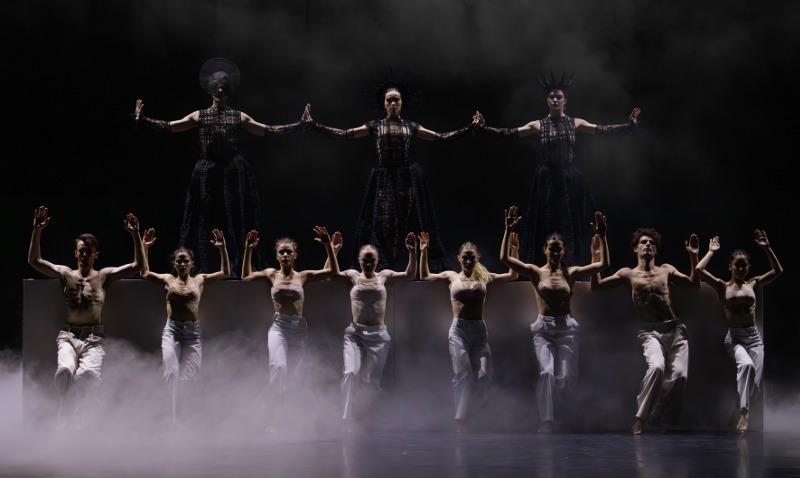
Dance critic Debra Levine, the founder/publisher/editor of artsmeme now in its sixteenth year of arts-blogging, was honored to attend Montpellier Danse 2024.





